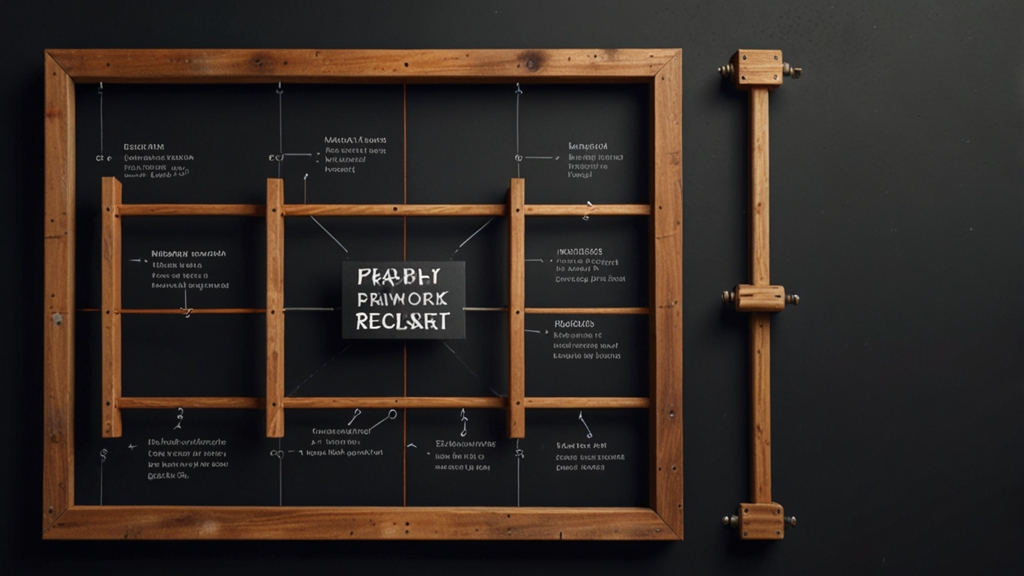The Crucifixion: A Gruesome Account of Suffering and Sacrifice
The crucifixion of Jesus Christ is one of the most pivotal and harrowing events in Christian theology. This ancient practice was designed to inflict the maximum amount of suffering and humiliation on its victims, serving both as a torturous execution method and a powerful deterrent against criminal behavior. The story of Jesus’ crucifixion is not only a cornerstone of Christian faith but also a gruesome testament to human cruelty and the endurance of spirit under unimaginable pain.
A Historical Perspective on Crucifixion
Crucifixion as a form of capital punishment predates Christ, used widely by various ancient civilizations such as the Persians, Carthaginians, and Romans. It was typically reserved for the most heinous of criminals, traitors, and slaves. The primary goal was to make the victim's death excruciatingly painful and publicly humiliating, serving as a stark warning to those who might consider similar offenses.
The Torture Before the Cross
Before being nailed to the cross, Jesus underwent severe physical abuse. According to the Gospels, he was scourged with whips embedded with sharp pieces of bone and metal, designed to tear flesh and muscle from the body. This flogging was so brutal that it left Jesus physically weakened, struggling to carry the heavy wooden cross to Golgotha, the site of His crucifixion.
"Then Pilate took Jesus and had him flogged. The soldiers twisted together a crown of thorns and put it on his head. They clothed him in a purple robe and went up to him again and again, saying, 'Hail, king of the Jews!' And they slapped him in the face." - John 19:1-3
The Excruciating Ordeal of Crucifixion
Once at Golgotha, Jesus was laid on the crossbeam, and his hands were nailed in place. The nails, often large iron spikes, were driven through the wrists—not the palms—as the wrists could support the body’s weight. Each hammer blow sent searing pain through his arms, igniting nerve pathways and causing involuntary muscle contractions.
Following the nailing of the hands, the vertical section of the cross was raised, and Jesus' body was attached to it. His feet were then nailed to the lower part of the cross, further increasing his agony. As his body hung suspended by his punctured limbs, every breath became a laborious effort, muscles straining painfully to lift the body for each inhalation. Death by crucifixion was slow, often resulting from asphyxiation, blood loss, dehydration, or shock.
"And they crucified him. Dividing up his clothes, they cast lots to see what each would get. It was nine in the morning when they crucified him." - Mark 15:24-25
The Spiritual Significance
For Christians, the crucifixion is not just a historical event but a profound demonstration of Jesus' sacrificial love and obedience to God. Scriptural texts frequently emphasize that Jesus' sufferings were borne out of divine love for humanity, aimed at the redemption of sin. The pain and suffering endured were not solely physical but bore immense spiritual significance, capturing the essence of divine sacrifice.
"But he was pierced for our transgressions, he was crushed for our iniquities; the punishment that brought us peace was on him, and by his wounds we are healed." - Isaiah 53:5
Legacy of Redemption
The crucifixion's gruesome details serve as a stark reminder of the gravity of Jesus' sacrifice. It underscores a commitment to overcoming cruelty and hate with love and forgiveness. It remains a central symbol in Christianity, representing hope, redemption, and the ultimate triumph over suffering and death.
The reflections on Jesus’ crucifixion provoke deep emotional and spiritual contemplation. For millions around the world, it stands as an unshakeable testament to the boundless nature of divine love and the transformative power of sacrifice.




